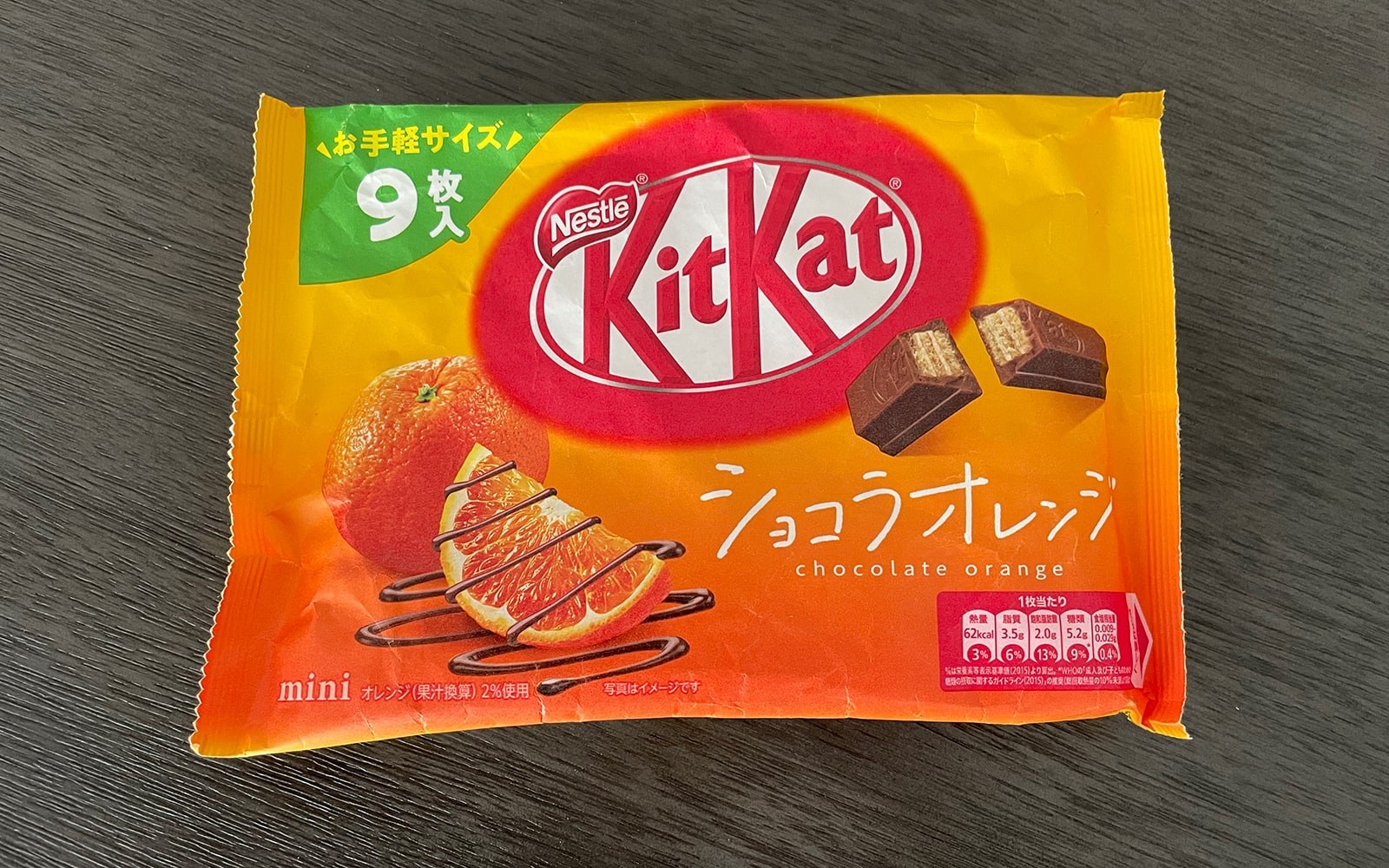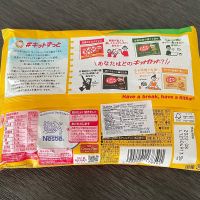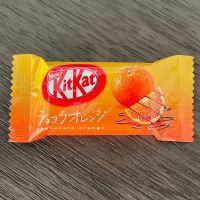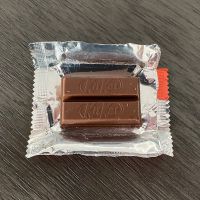Breaking off a Piece of That Japanese Kit Kat Bar

Those who know me know that I have a real sweet tooth. Much to the chagrin of my steadily decelerating metabolism, I have a hard time resisting anything sugary, and doubly so if chocolate’s involved. As I’ve grown older, however, I’d like to think that my tastes have become a bit more discriminating and eclectic. Which brings me to Japanese Kit Kat bars.
Here in the States, we have a mere handful of Kit Kat flavors. There’s the original milk chocolate bar, as well as flavors like white chocolate, mocha chocolate, and mint (as well as some seasonal flavors like pumpkin pie). Compare that to Japan, where Nestlé has introduced hundreds of flavors in the last two decades or so. Some of these flavors — like apple and carrot, cheese, soy sauce, and sweet red-bean soup — probably wouldn’t be a hit here in America, but there are plenty more on that list that I, for one, would love to try.
Case in point: Back in 2020, Nestlé released a limited edition “Whisky Barrel Aged” Kit Kat that was made with chocolate stored and aged for 180 days in whisky barrels on the island of Islay, home to some of Scotland’s most well-known whiskies (e.g., Laphroaig, Lagavulin).
As you can imagine, though, Japanese Kit Kats aren’t exactly cheap. A single bag will cost you at least $10 plus shipping from a site like Japan Candy Store. But earlier this week, our family made a stop at Omaha’s Hollywood Candy, a massive warehouse filled with a wide array of candies from all over the world — including Japanese Kit Kats. They didn’t have too many options (and alas, no “Whisky Barrel Aged”), but I eventually settled on a bag of orange Kit Kats that cost about $11. (I wouldn’t pay that much normally, but we were on vacation, so why not?)
Put simply, they’re delicious. At the risk of sounding like a snooty snob, I thought the orange flavor — which is mixed into the chocolate as well as the cream between the wafers — was subtle yet robust. It seemed to grow in intensity as I ate, ending with a nice aftertaste, but never out of balance with the chocolate. According to some sources, the orange Kit Kat is the most popular flavor in Japan and ranked first in the “Kit Kat Revival General Election.” Having eaten a few myself now, I understand why.
This, of course, makes me even more eager to try some other Japanese Kit Kat flavors. I’ll probably steer clear of “Autumn Sweet Potato” and “Hokkaido Grilled Corn” for the foreseeable future. But “Peach Parfait,” “Raspberry,” or “Rich Cheesecake”? Sign me up. And of course, I look forward to the day when I can finally try a “Whisky Barrel Aged” Kit Kat for myself.



